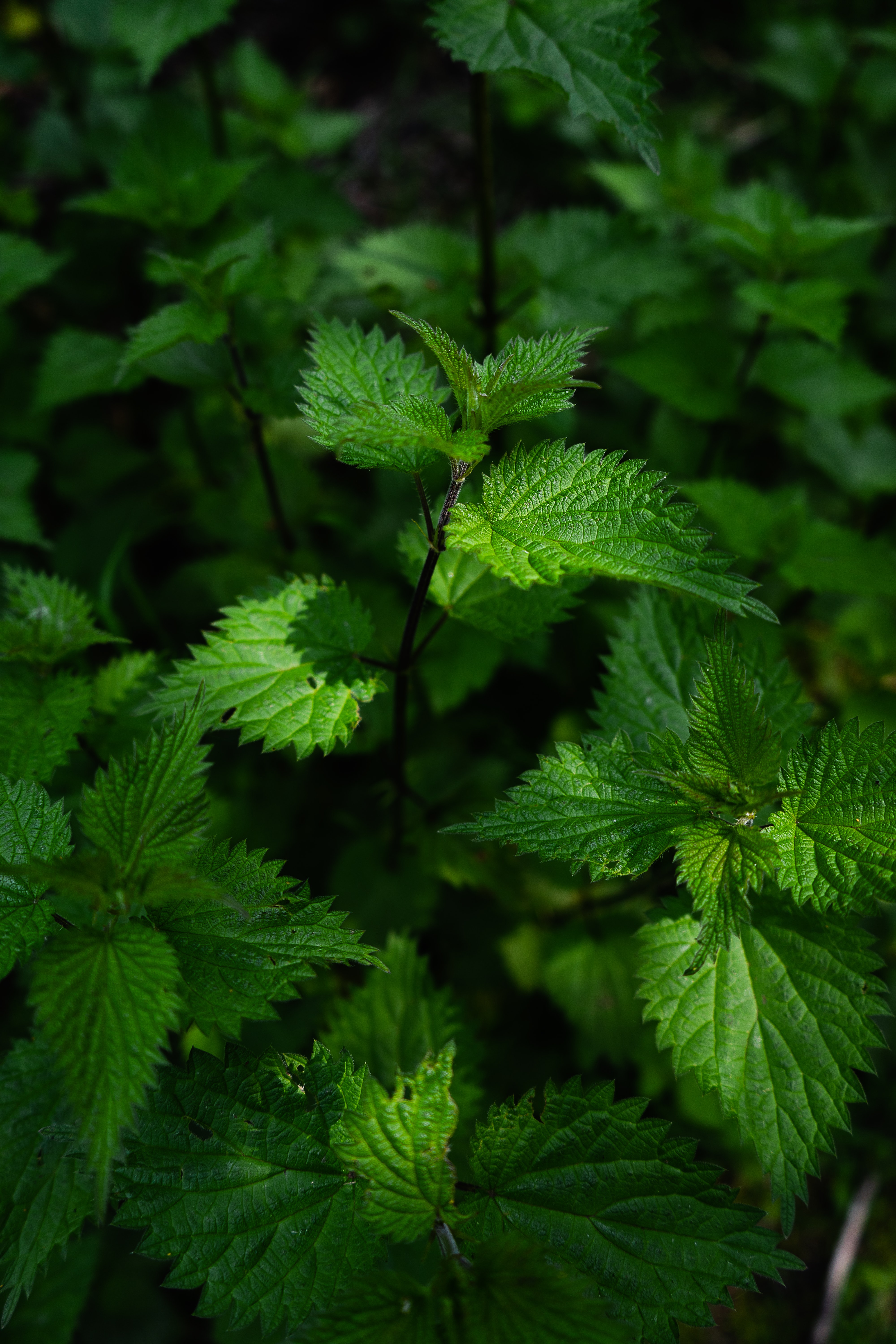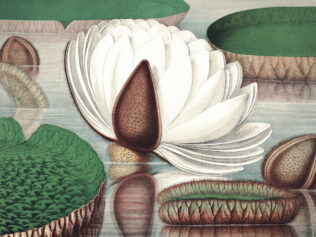
Health, vitality, energy—plants have it all. In the spring and summer, even the commonest of weeds can be beneficial for our health, especially the green ones.
Nettle
Love nettles while you can—they bloom so fast and after they do, they’re no longer of interest. The fresh, delicate leaves are the healthiest and tastiest. Pick those at the top of the plant, no more than four or five per stem. You can add them to raw salads, purees, fresh juices, and smoothies, or use them to make a delicious soup. The leaves can be dried and added as seasoning for various dishes. Nettle has powerful cleansing properties, prevents swelling, and strengthens hair and nails.
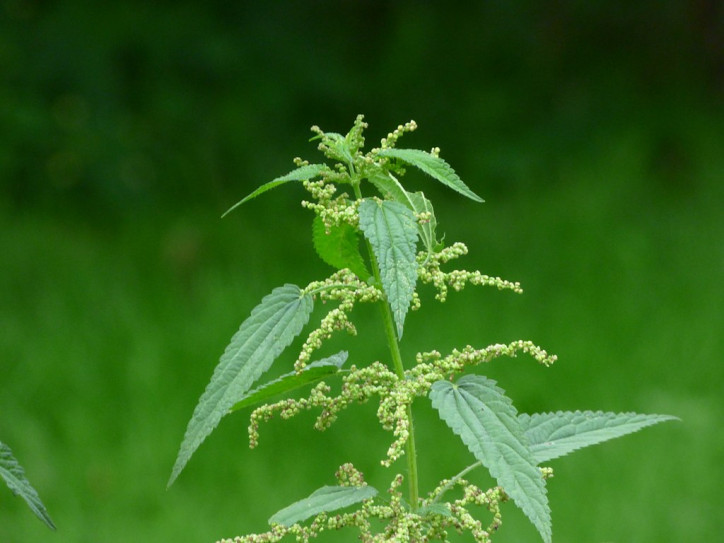
Chickweed
This inconspicuous plant is available almost all year round, but it’s healthiest in spring. You can buy dried starwort for infusions at herbal remedy stores, but we encourage you to try its fresh, raw leaves. Starwort regulates liver and kidney function, eases rheumatoid conditions, and contains vitamins E, A, B1, and B2, along with mineral salts and acids. Pick a few handfuls and add them to a soup or salad. Their flavor goes well with egg-based dishes.
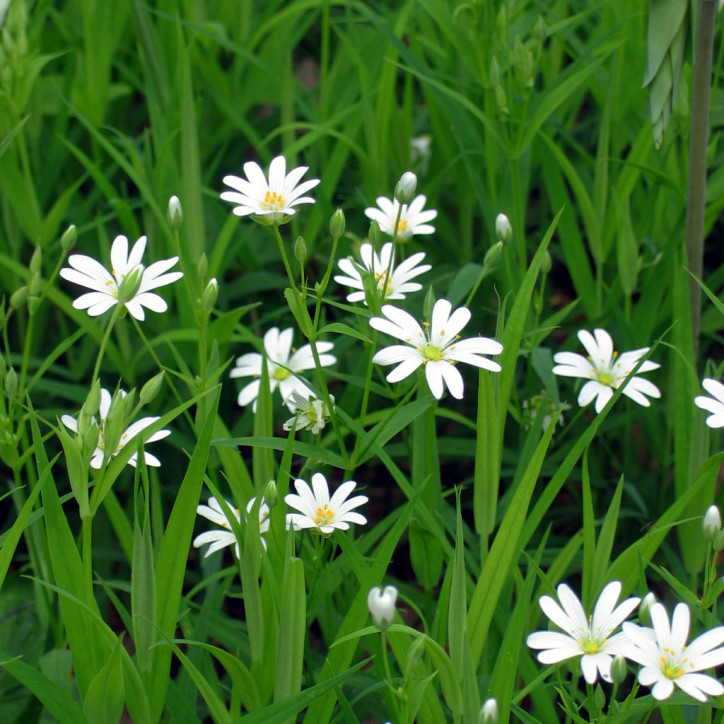
Dandelion
Its flowers can be turned into homemade syrup to treat upper respiratory infections, though this takes a bit of work. But even those unwilling to put in the effort can enjoy the dandelion’s health benefits. Its young leaves are a perfect addition to every salad. Dandelion has diuretic and cholagogic properties, and is the natural ally of those living with diabetes. Its leaves are rich in vitamin C, folic acid, and iron.
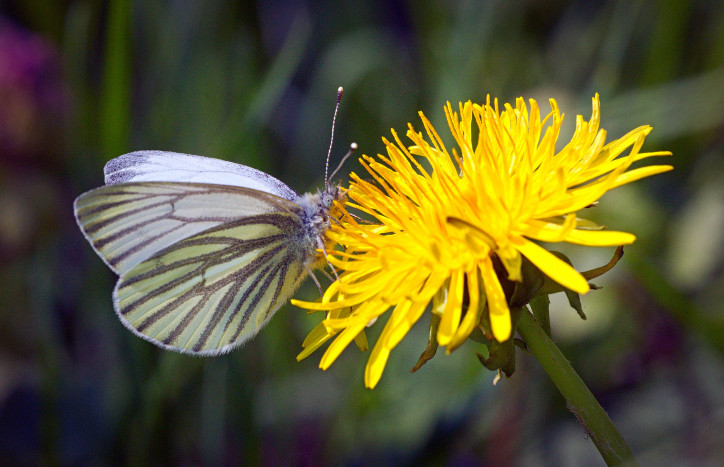
Common Yarrow
It may be common in name, but its health benefits are quite extraordinary. Yarrow can be picked while it is in bloom, from late spring till early autumn. The wild variety growing in meadows and ditches is best for medicinal purposes. Yarrow infusions are recommended for migraines, indigestion, and urinary tract inflammations.It has a disinfectant effect on the skin and mucous membranes when used externally.
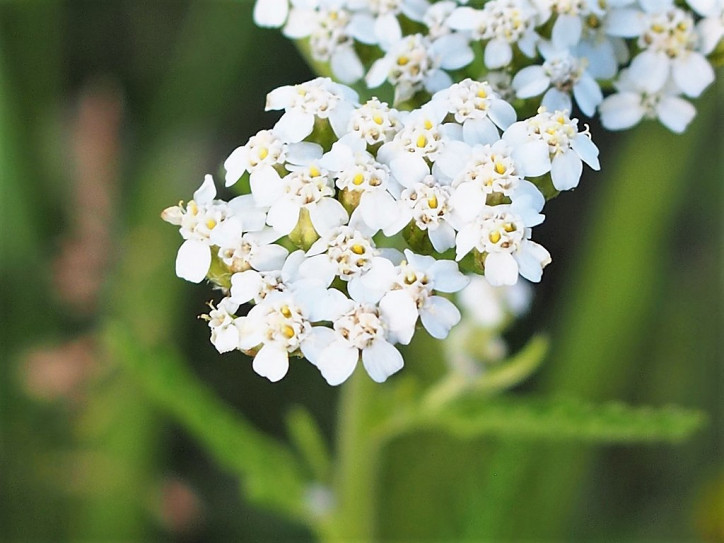
Sheep’s Sorrel
Look for this vitamin C-rich plant in May and June in the Northern Hemisphere. Sheep’s sorrel soup prevents anemia, aids the digestive system and soothes its ailments, and boosts our natural immunity. It should, however, be avoided by those with kidney stones. Sheep’s sorrel can be consumed in any form—raw, or in broths and infusions. Its leaves are also recommended for external use, relieving swelling and bruises.
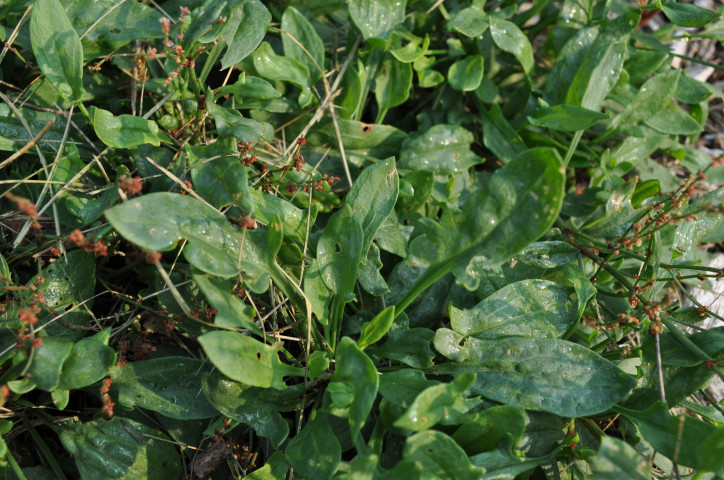
This translation was re-edited for context and accuracy on December 1, 2022.


